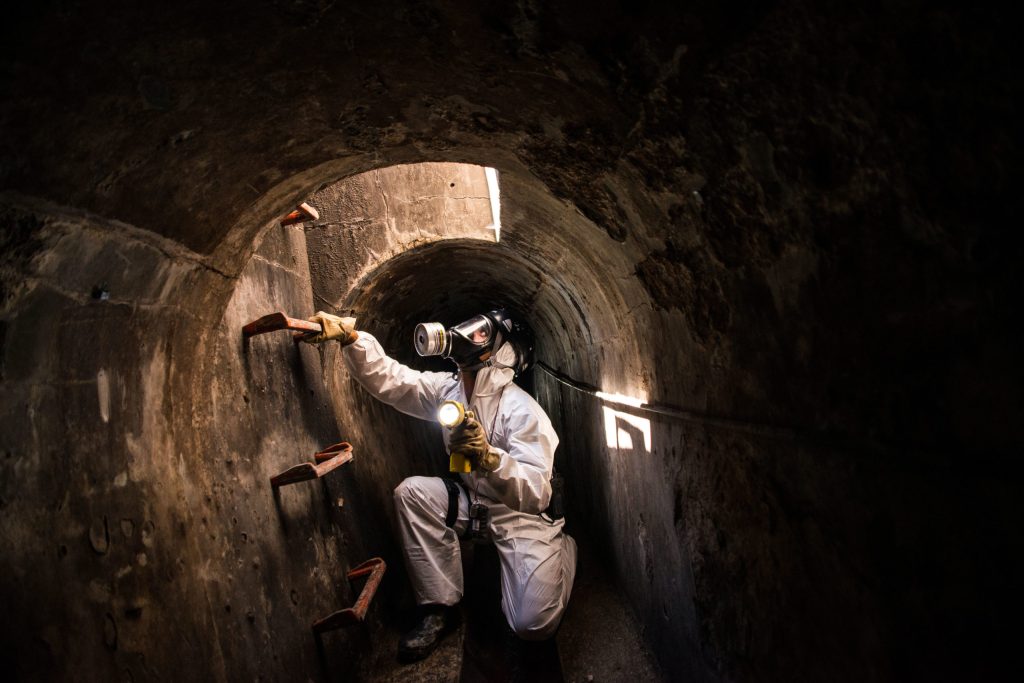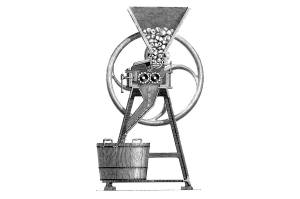States have been slow to roll out COVID contact tracing apps, which have proved integral to curbing the virus overseas. The highest uptake has been in South Dakota, where just two percent of residents had the Care19 app on their phones. But could there be a cheaper way of gaining advanced warning of infection in an area, allowing localized lockdowns to be imposed?
A study led by Jordan Peccia at Yale University raises the possibility of an intriguing early warning system for COVID outbreaks. Between March 19 and May 1, his team collected samples of sludge from the sewage system serving the 200,000 residents of the urban area of New Haven, Connecticut and analyzed them for levels of RNA from Sars-CoV-2, the virus which causes COVID-19. During that period, levels varied enormously from between 1,700 to 460,000 copies of RNA. They then compared this with data of test results and hospital admissions for the area and found a remarkably close correlation. Whatever happened to RNA levels in sewage was followed very closely three days later in hospital admissions and seven days later in positive test results in the general population.
As a ‘leading indicator’, this is potentially extremely useful. Routine sampling of all sewage data could potentially allow scientists to predict with great certainty where outbreaks are likely to occur. The only question: is three days’ warning of a spike in hospital admissions really enough? And is metropolitan-wide surveillance sufficiently sensitive to be able to make useful policy? You wouldn’t want to lock down the whole of the DMV, for example, to deal with an outbreak in a few streets in Arlington.
***
Get three months of The Spectator for just $9.99 — plus a Spectator Parker pen
***
One of the questions raised by the Yale work is how locally the surveillance can be undertaken? The team looked for RNA in sludge, which only forms in sewage works. Ideally, we would be able to analyze sewage effluent on a much more localized basis. Still, this is an optimistic, albeit slightly disgusting development.
This article was originally published on The Spectator’s UK website.


















